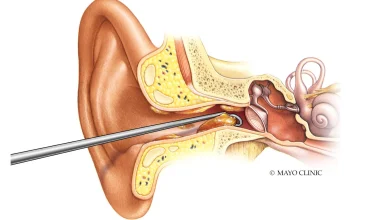What Is a Root Canal? A Quick Guide

Have you ever had a root canal? If not, you’ve likely heard someone else talking about their experience.
What is a root canal, anyway? Hint: Dentists know they’re a necessary procedure for dental health.
If you’re not sure what they are and how they help improve oral health, take a minute, and check out our guide on root canal procedures. It contains information you’ll want to have before your next dental visit.
Table of Contents
What Is a Root Canal?
Depending on your age and experience with visiting the dentist, hearing the words root and canal together might trigger a minute of stress. There’s no need to worry!
If you’ve sat through a routine filling with relative ease, you can survive root canal treatment.
Dental professionals save millions of teeth using this procedure. It’s one of the most powerful tools they have at their fingertips to help people get pain relief from damaged or diseased teeth.
Next, we’ll take a quick look inside your tooth to see why a root canal could be in your future.
Tooth Anatomy 101
On the outside of every healthy tooth is a layer of beautiful white enamel. Certain medications, diet, lifestyle, and infrequent dental visits can contribute to the yellowing of the enamel.
Underneath the enamel, you’ll find dentin. It’s a hard layer of material designed to reinforce tooth enamel. Dentin also helps support your tooth’s structure.
If you were to peel away the top two layers of a healthy tooth, you’d see soft tissue full of blood vessels and nerves. Pulp!
Pulp plays a starring role in dental health. If you have sensitive or painful teeth, talk to the pulp. If your teeth get brittle, don’t blame your enamel—healthy pulp nourishes the dentin and enamel to prevent brittleness.
The Root Canal Procedure
The process for your general dentist to do a root canal is similar (at least the first few steps) to filling a cavity.
After preparing your mouth, which includes a shot of numbing medication, the dentist drills through the enamel and down further into the pulp chamber and root canals, where they use special tools to clean out any infection.
The next step includes shaping the root canals, filling them with a rubber-like material, and then an adhesive. The dentist also fills the hole made in the enamel at the top of the tooth.
You may also need a crown for the tooth, which is one reason why root canal treatment takes place over at least two appointments.
Feeling Better Prepared for Your Next Dental Appointment?
If you were wondering about root canals, we hope this guide helped. And next time a friend asks what is a root canal, you’ll have the answer. Of course, your dentist is your best resource for all your questions about oral health — why not give them a call today and schedule your next appointment?
If you’ve enjoyed reading this post, you’ll enjoy checking out our archives. You’ll find a range of topics, including health and wellness, travel, and career tips.




